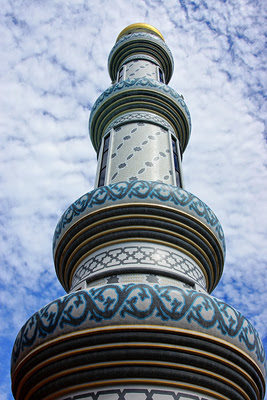 Pewter is a soft metal alloy, it used to contain between 85% to 99% tin, and the remainder of copper, antimony, bismuth and lead. Pewter is a fairly heavy metal that is traditionally used for pots, plates utensils and so forth. Today it's more of a decorative material and are specialised by companies like Royal Selangor. Decorative pewters are aesthetically beautiful for it shines with subtle grays and high contrasts. As you'd have guessed we no longer make pewter with any lead components due to it's toxic qualities. Picking up one of these decorative objects will surprise you with it's physical burden on your hands.
Pewter is a soft metal alloy, it used to contain between 85% to 99% tin, and the remainder of copper, antimony, bismuth and lead. Pewter is a fairly heavy metal that is traditionally used for pots, plates utensils and so forth. Today it's more of a decorative material and are specialised by companies like Royal Selangor. Decorative pewters are aesthetically beautiful for it shines with subtle grays and high contrasts. As you'd have guessed we no longer make pewter with any lead components due to it's toxic qualities. Picking up one of these decorative objects will surprise you with it's physical burden on your hands.All rights reserved - Copyright © RND Memoir
















































